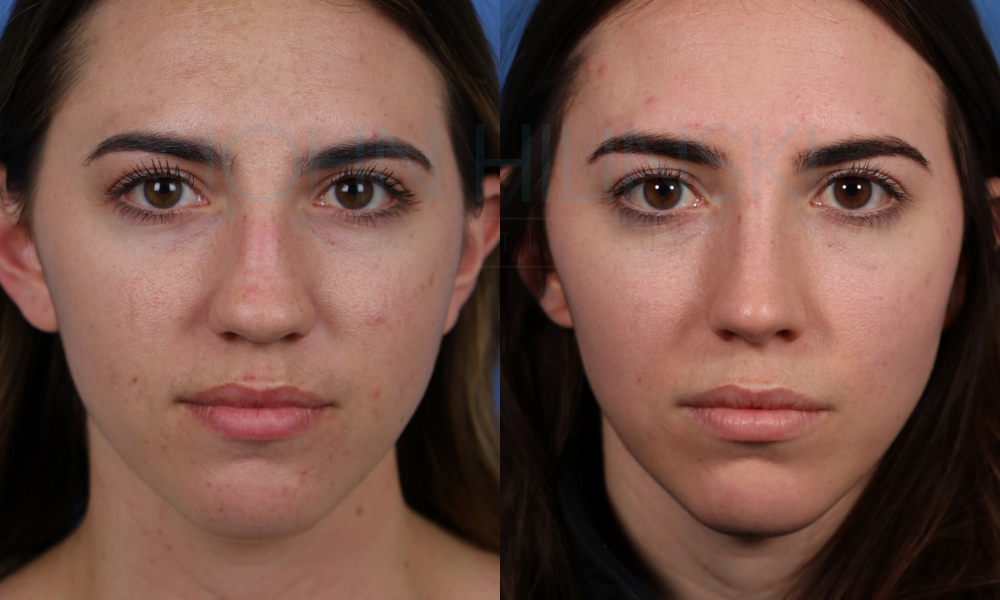

In reality, this angle is ideally 95° to 100° for men and 103° to 108° for women.

This preferred angle has been stated to range from 90° to 115°.

Nasal tip angle or rotation is determined by drawing a line from the tip-defining points to the alar crease and calculating this angle in relation to the vertical facial plane. We will also discuss contributing factors leading to nasal tip ptosis and present our management algorithm. In this article, we will define the the drooping, ptotic nose. One of the most displeasing disharmonies of the nose is an elongated anterior nose, or a nose with tip ptosis. When the nose appears pleasing, there is not only an optimal congruity between the different proportions of the nose, but also harmony between the nose and the rest of the facial features. Results: Correction of the nasal tip ptosis requires accurate diagnosis, a recognition of the interplay between various anatomic components, specific strategy planning, and a correction of anatomic abnormalities. The goal of this article is to present our current principles of diagnosis and treatment of nasal tip ptosis, as well as to introduce and algorithm of preferred methods and techniques for its reliable and stable correction. Correction of this deformity is challenging and rewarding it can resolve both the cosmetic deformity and nasal obstruction symptoms related to this entity. Aging or previous nasal procedures (such as the Goldman-type tip surgery) where the continuity of the lateral and medial crura of the lower lateral cartilages have been violated may cause a weakening of the tip-supporting mechanisms and de-rotation of the nasal tip. In addition, a hyperactive depressor nasi septi could, as a result of continuous pull on the tip, result in tip ptosis. The loss of maxillary or nasal spine support may enhance the potential for tip ptosis. Extrinsic factors, such as elongated upper lateral cartilages or excessive caudal anterior septum and heavy nasal skin, can push the nasal tip caudally and lead to drooping of the nasal tip. Intrinsic factors, such as elongated or caudally-rotated lower lateral cartilages, can lead to nasal tip ptosis. Nasal tip ptosis (“drooping” or long nose) occurs when the tip of the nose is more caudal than what is deemed ideal.


 0 kommentar(er)
0 kommentar(er)
